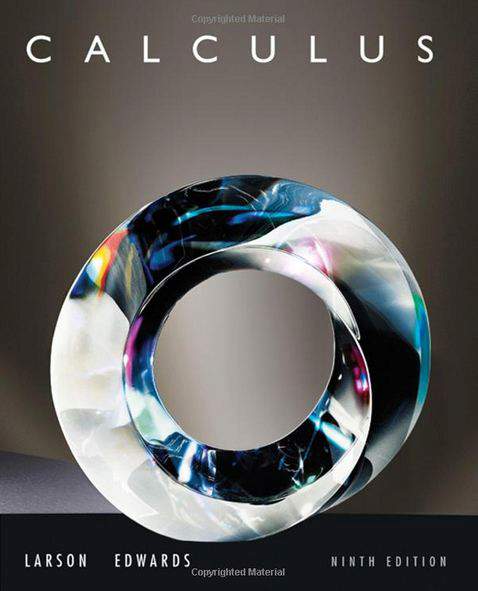Connecting...

This is a quick preview of the lesson. For full access, please Log In or Sign up.
For more information, please see full course syllabus of College Calculus: Level II
For more information, please see full course syllabus of College Calculus: Level II
College Calculus: Level II Parametric Curves
Lecture Description
In this lesson we are going to talk about Parametric Curves. The idea about parametric curves is that we are given the equation x(t) and y(t) and those define how a point is moving around in the plane. The x(t) gives us the x coordinate at a particular time and the y(t) gives us the y coordinate at a particular time. There are basically two calculus problems associated with parametric equations and we are going to talk about them. Later on we are going to do some examples concerning this topic.
Bookmark & Share
Embed
Share this knowledge with your friends!
Copy & Paste this embed code into your website’s HTML
Please ensure that your website editor is in text mode when you paste the code.(In Wordpress, the mode button is on the top right corner.)
×
Since this lesson is not free, only the preview will appear on your website.
- - Allow users to view the embedded video in full-size.
Next Lecture
Previous Lecture










































 Answer Engine
Answer Engine

 reduces to
reduces to 








1 answer
Fri Dec 15, 2017 12:31 PM
Post by Chris DesRochers on December 11, 2017
The links to the additional problems are not working. They link to the same lecture problems and not any additional problems. :(
Thanks for your help!
1 answer
Thu Nov 20, 2014 3:20 PM
Post by David Llewellyn on November 19, 2014
How do the table and the graph in the answer to the practice question relate to the actual question? Shouldn't the graph show the relationship between x and y and not the two relationships between x (albeit a different function than in the question) and y and t?
1 answer
Fri Aug 16, 2013 6:21 PM
Post by Timothy Davis on August 14, 2013
Hi Dr. Murray,
Thanks for answering my last question. I thoroughly enjoy your videos. You mentioned that once we find the tangent line, we can use the point slope formula to find the equation of the tangent line. My question is, if we have the slope of the tangent line already defined by dy/dt / dx /dt, why do we need to find the equation of the tangent line? What is the difference between the slope of the tangent line and the equation of the tangent line? You go over this around 1:15 into your lecture.
1 answer
Wed Apr 3, 2013 11:52 AM
Post by omatseye ugen on March 12, 2012
good job . but i thought this video will involve mostly multivar. calculus
1 answer
Wed Apr 3, 2013 11:48 AM
Post by Allison Walsh on April 6, 2011
Awesome!
6 answers
Wed Apr 3, 2013 11:46 AM
Post by Wen Geng on March 7, 2011
Dr. Murray's lectures are clear, quick and concise. Very good, unlike the Chemistry ones.